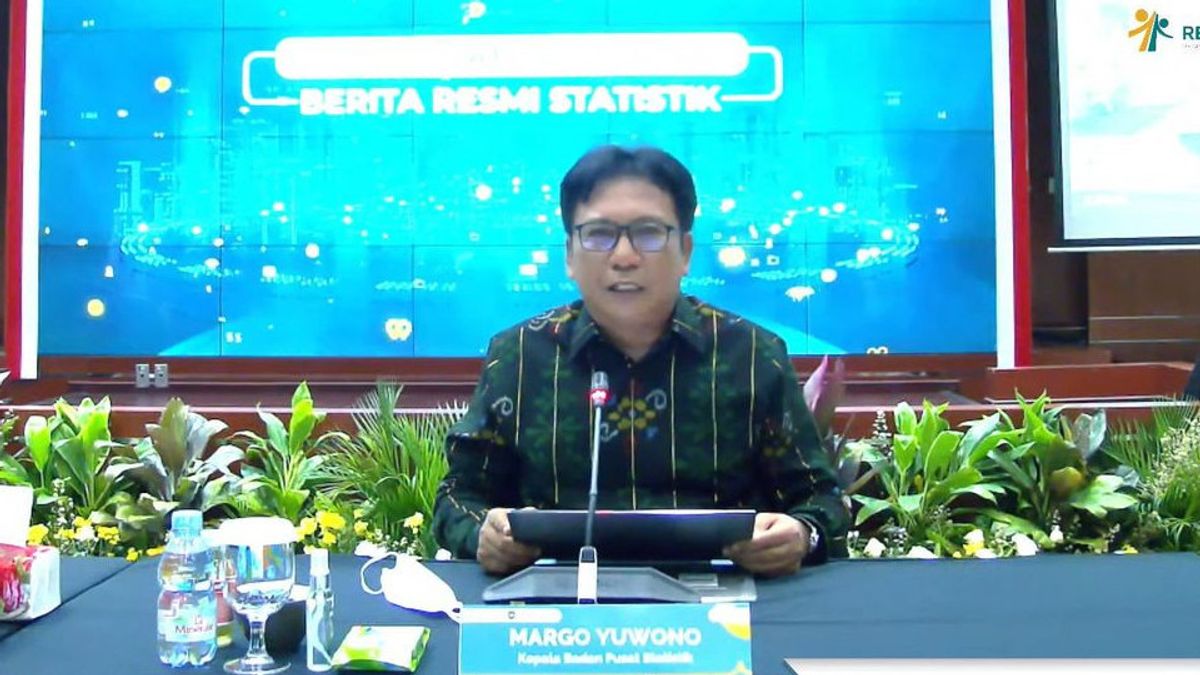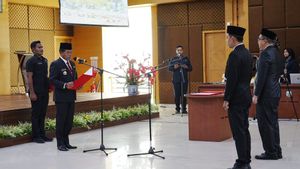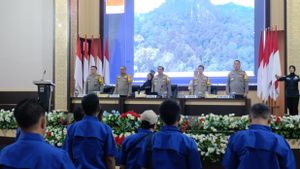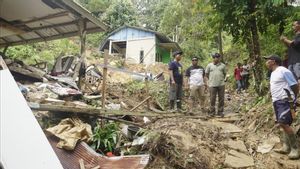JAKARTA - The Central Statistics Agency (BPS) said that several provinces on the island of Java still dominated Indonesia's economic structure spatially in the third quarter of 2022. Overall, Java Island contributed to national economic growth to reach 56.3 percent.
"Economic contributors on the island of Java come from DKI Jakarta with a contribution of 1.65 percent. Sectors that contribute to DKI Jakarta's economic growth are trade, information and communication," said Head of BPS Margo Yuwono at a press conference in Jakarta, Monday, November 7.
As for the details of the role of other provinces on the island of Java, namely East Java at 1.42 percent, West Java at 1.39 percent, Central Java at 0.8 percent, Banten at 0.4 percent, and DI Yogyakarta at 0.09 percent.
In addition, Sumatra Island also experienced fairly good economic growth, reaching 4.71 percent, which has contributed to national economic growth reaching 22 percent. North Sumatra is one of the provinces with the largest contribution on the island of Sumatra, reaching 1.14 percent.
Meanwhile, the main sources of growth in East Kalimantan province are the processing, mining, and mining industries. Andil from other provinces on the island of Kalimantan, namely, West Kalimantan (0.97 percent), South Kalimantan (0.83 percent), Central Kalimantan (0.73 percent), and North Kalimantan (0.37 percent).
On the other hand, Margo said, the Eastern Indonesian economy showed impressive economic growth. This can be seen from the highest growth that occurred in Sulawesi Province by 8.24 percent by contributing up to 7.11 percent to national economic growth.
The province with the largest contribution, namely Central Sulawesi, is 3.77 percent with the main sources of growth in the processing, mining and quarrying industries. Other provinces that also play a role in Sulawesi's economic growth include South Sulawesi (2.66 percent), North Sulawesi (0.8 percent), Southeast Sulawesi (0.7 percent), Gorontalo (0.16 percent), and West Sulawesi (0.15 percent).
Then, economic growth in Bali and Nusa Tenggara reached 6.69 percent with a 2.74 percent stake in national economic growth. Bali Province contributed the largest to 3.69 percent.
The main source of growth in Bali Province is the supply of food and drink accommodation, transportation, and warehousing. West Nusa Tenggara Province contributed 2.23 percent, while East Nusa Tenggara Province contributed 0.77 percent.
"Bali contributes to Bali. This is easily understood by easing community mobility and various international events held in Bali," said Margo.
Furthermore, economic growth in Maluku-Papua reached 7.51 percent and contributed 2.43 percent to national economic growth. The largest Andil came from Papua province to reach 3.27 percent.
The sectors that are the main sources of growth are mining, quarrying, transportation, and warehousing. Other provinces that contributed, namely North Maluku 2.79 percent, West Papua 0.78 percent, and Maluku 0.67 percent.
The English, Chinese, Japanese, Arabic, and French versions are automatically generated by the AI. So there may still be inaccuracies in translating, please always see Indonesian as our main language. (system supported by DigitalSiber.id)









